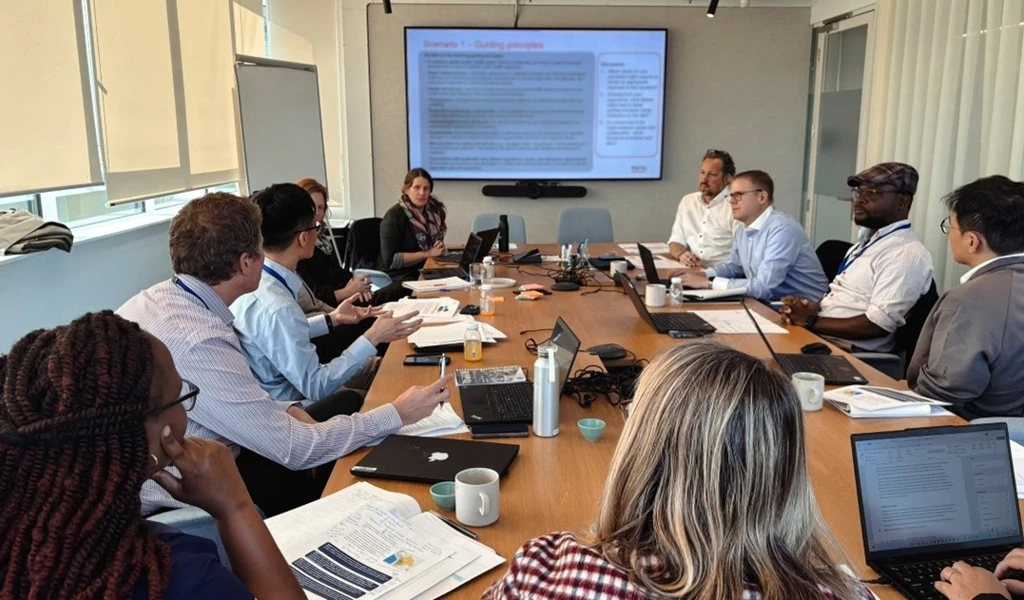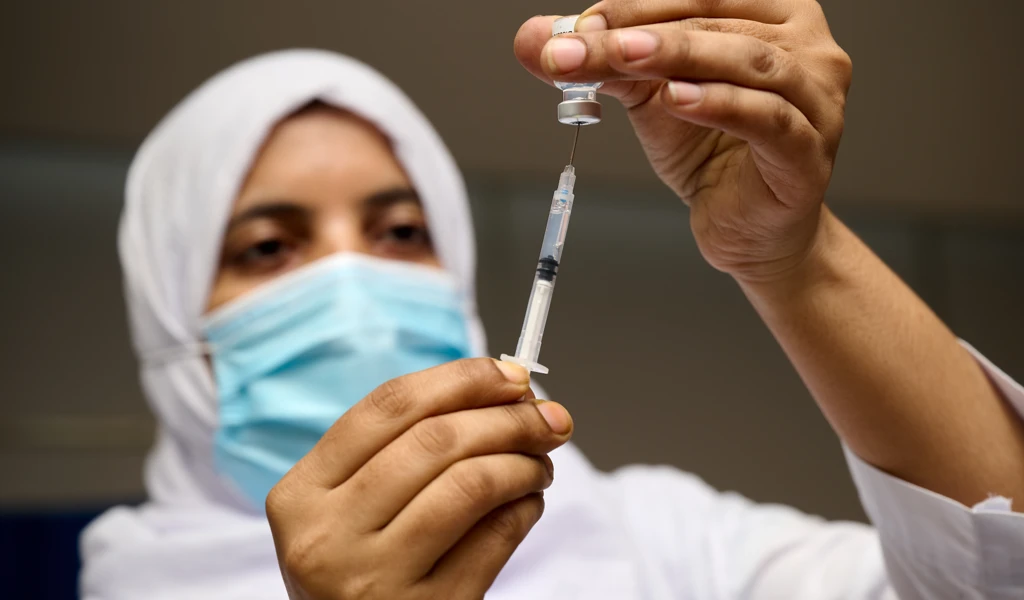Rethinking regulation to face future pandemic threats

In a rural Indian community, a mysterious disease has emerged. Symptoms include disorientation, vomiting, seizures and brain swelling. Just five days after the virus was identified, the death toll is rising.
In a packed room, public health officials and regulators are racing against the clock, making decisions that will determine how quickly protective countermeasures such as vaccines can be made available. These people need to decide, within hours, about trial approvals, data sharing and import mechanisms to ensure potentially life-saving vaccines can be administered to the people facing the spreading outbreak. Their goal: contain the virus before it spirals into a pandemic.
--
This outbreak scenario, with hallmarks of a Nipah-like virus, is fictional. But the regulatory processes and discussions that take place in response to it represent a scenario that could one day become reality.
In an outbreak situation like this, regulatory processes can be either the bottleneck or the catalyst for getting vaccines to people quickly. This became clear during COVID-19, where regulators approved COVID-19 vaccines which were developed in record time, just 326 days. Now, scientists and global health organisations like CEPI have set their sights on a bolder ambition: to have vaccines ready for use within 100 days of recognition of a pandemic pathogen—known as the 100 Days Mission.
The science is clear: the Mission is possible. But part of its success relies on establishing an enabling regulatory environment. One that can go even faster than the COVID response, acting within hours and days rather than weeks and months, whilst maintaining appropriate levels of regulatory oversight.
We don’t need to wait for the next pandemic threat to emerge to begin shifting the regulatory landscape. These changes can and should be explored now. For instance, could countries consider adopting reliance mechanisms—using approvals by trusted authorities—to fast-track their own decisions? Engaging early in this sort of dialogue, which explores mechanisms for enabling rapid approvals before the next pandemic, moves us away from a state of reactivity to one of preparedness.
CEPI collaborates with a global network of regulators to have these conversations and to understand and support regulatory readiness for emergency vaccine approvals. Through a combination of in-depth face-to-face interactions, continuous engagement and probing exercises, including a regulatory readiness dashboard and tabletop exercises—where regulators are faced with simulations like the one above—we’re mapping national decision-making processes, identifying best practices, and pinpointing opportunities to accelerate approval timelines in support of the 100 Days Mission.
Take the regulatory readiness dashboard. Made up of around 25 regulatory innovation metrics, it provides a traffic light scoring system, offering insights into various regulatory elements critical for the 100 Days Mission—from legislative flexibility to the ability to prioritise review applications. It’s already encouraging to see that many regulators are making great progress collaborating across various departments, ministries and institutions to enable informed and swift decision-making for new safe and high-quality medical products. The dashboard is also a useful way for countries to explore how they could simplify or improve their processes.
With the insights gained from the dashboard, we then further engage with in-country regulators through the tabletop exercises to understand how they would respond to an emerging pandemic threat. This helps regulators identify potential gaps, as well as practical solutions to overcome them.
One example of a solution uncovered during this exercise in Rwanda was waiving import license fees during emergencies. This small fee requires the generation of an invoice, a manufacturer's receipt and payment in advance of it being issued—all adding days to approval processes. Such small bits of ‘paperwork’ may seem inconsequential, but in a rapid response and the 100 Days Mission, time savers like these ultimately become life savers.
We then combine insights like this with innovation—like our partnership with Accumulus Synergy’s cloud-based regulatory platform, now being piloted by 19 authorities worldwide. A secure, simplified system, like a Google Docs for regulators, the platform enables real-time, collaborative access to quality, safety, and efficacy data across agencies. This helps reduce duplicative data generation, ensures the review of the same data packages and avoids delayed data sharing.
The CEPI–Accumulus partnership also provides access to the platform at low- or no-cost for resource-limited settings—where regulators often face delays accessing vaccine data—supporting greater information equity and a more unified and equitable global health response. So, whether a regulator is in India, Ghana, or Switzerland, critical information required for approvals can be accessed equitably and simultaneously.
The next pandemic threat is already out there. It’s just a question of time before it emerges. But through collaboration, preparation and innovation, a quiet regulatory revolution is taking shape. As it continues, it means that when the next pandemic threat looms, regulators remain enablers of rapid approvals—not barriers—helping deliver vaccines into arms within 100 days and boosting the world’s chances of averting a full-scale deadly pandemic.



